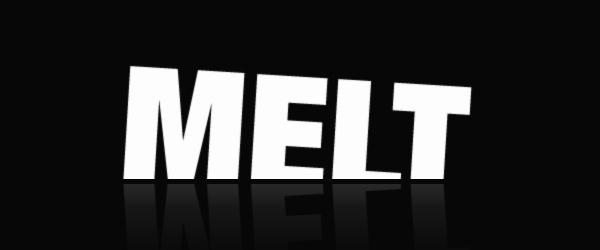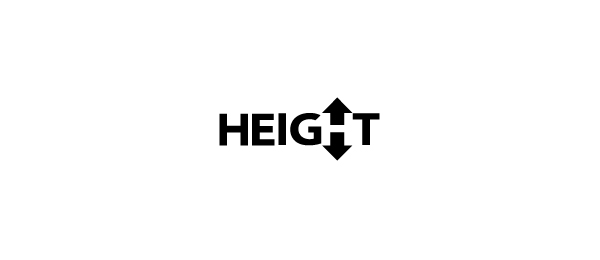
Logos in marketing
Real estate companies have a big challenge these days as the marketing world explodes online, with logos being one of the first impressions a consumer has on a brand. Most real estate logos are pretty outdated with few national franchises having updated in any significant way over the years.
It is difficult for franchises to change logos and change the course of such a large ship, so this encouragement is likely to be received best with smaller, independent franchises that can make significant changes, or with startups who haven’t decided on a logo yet.
Minimalist design is often timeless and easy to update over the years with minor tweaks and can make a bold statement like the image above. Brokers don’t need Times New Roman or the American flag, check out some of these minimalst logos for inspiration:
Minimalist designs pack a punch in the era of thumbprint sized icons used for social networking profile pics and it is always an advantaged to be recognized seconds faster than your competitor relying on small fonts and long taglines and old fashioned clip art.
The American Genius is news, insights, tools, and inspiration for business owners and professionals. AG condenses information on technology, business, social media, startups, economics and more, so you don’t have to.













































Jonathan Benya
May 7, 2011 at 9:35 am
Love some of the designs, but I think a lot of them are really walking a very fine line here: They're just too catchy. I would argue that while catchy logos are great, it's possible to overshadow the brand perhaps?
Heather O
May 7, 2011 at 12:06 pm
I love it. Be different and 86 the vanilla. Let a graphic designer do their job and stop tailoring it down to what "everyone else" does … if your content, presence and attitude are upbeat, why not have a clever logo that's memorable and clever to match … 🙂 Love this post. And if cost is the issue, aren't you using it on every item you own daily? It's not time to be a cheap-wad. Biggest thing before is making sure you are buying vector art from your designer so you can always scale it on every level, not just raster files (.jpg)
David Hatch
May 7, 2011 at 8:58 pm
For a while we at Trulia were looking at redesigning our logo (which didn't end up happening as research told us customers identified with it). And that was also during the Gap logo fail that was attacked mercilessly so who knows how that may have lessened our resolve. In any case, through that process we tried many things that visually said real-estate and many of them felt extremely tired. How many ways can you style a home? A for sale sign. Etc. I think we literally created over 100 possible logos. One of the design groupings we even called "Roofs n' Doors". A good logo is hard to create. If any readers here have any logo inspirations please post them.
David
Intown Atlanta Real Estate
May 10, 2011 at 10:37 pm
Yep, we've been on the minimalist logo bandwagon since we opened our new brokerage 4 years ago!